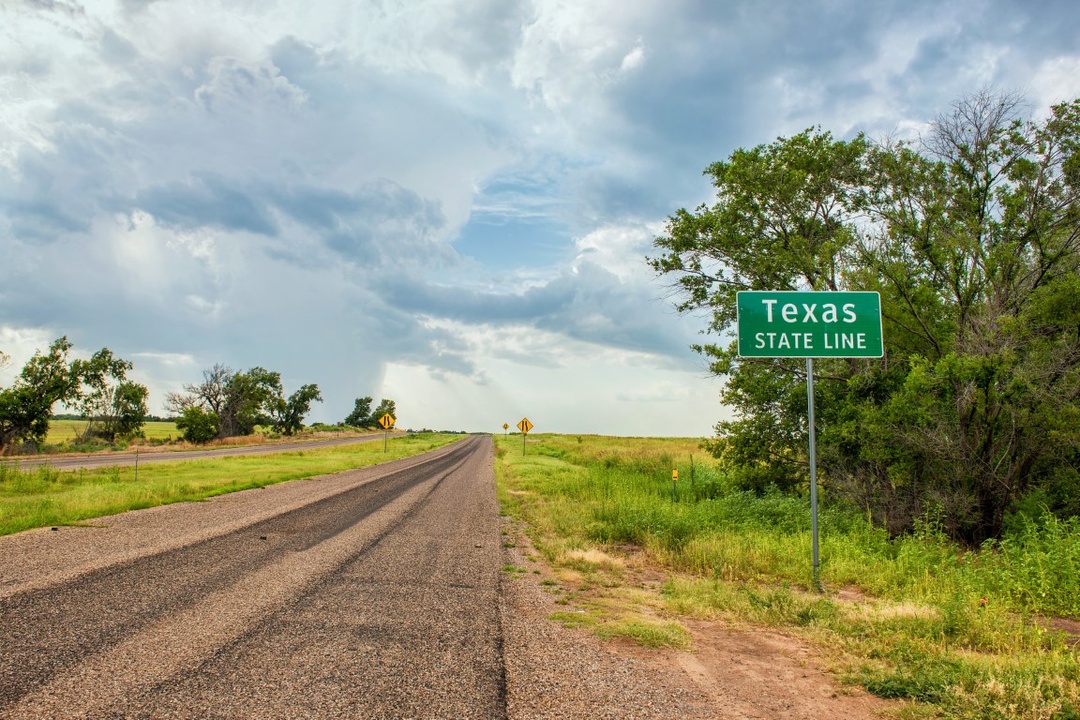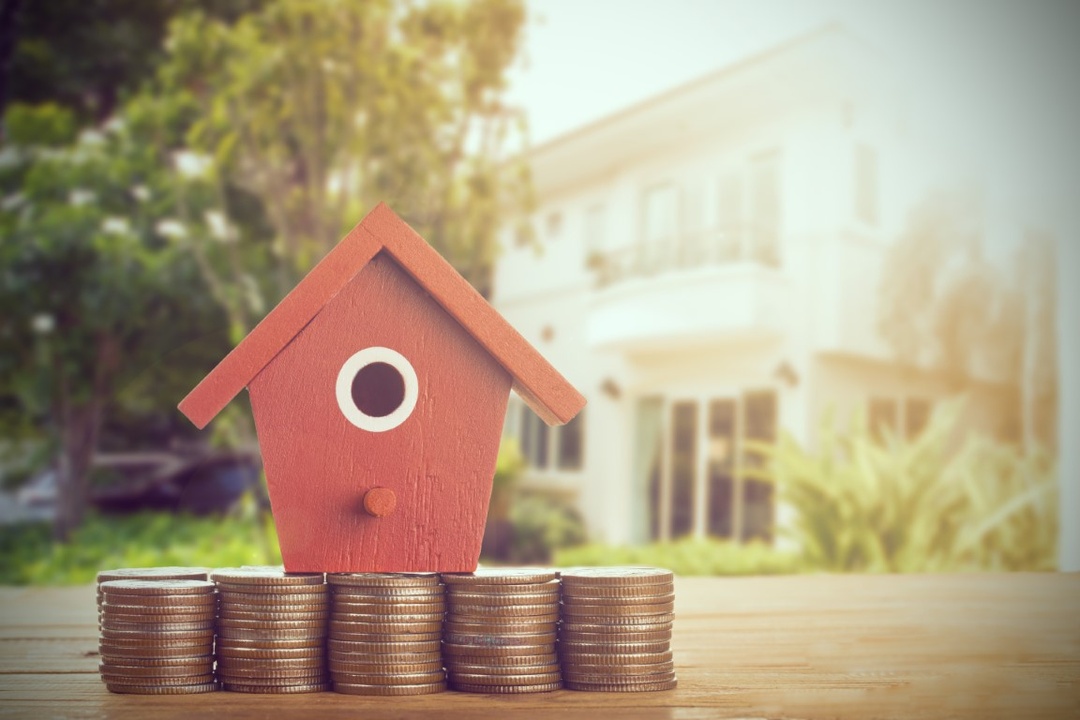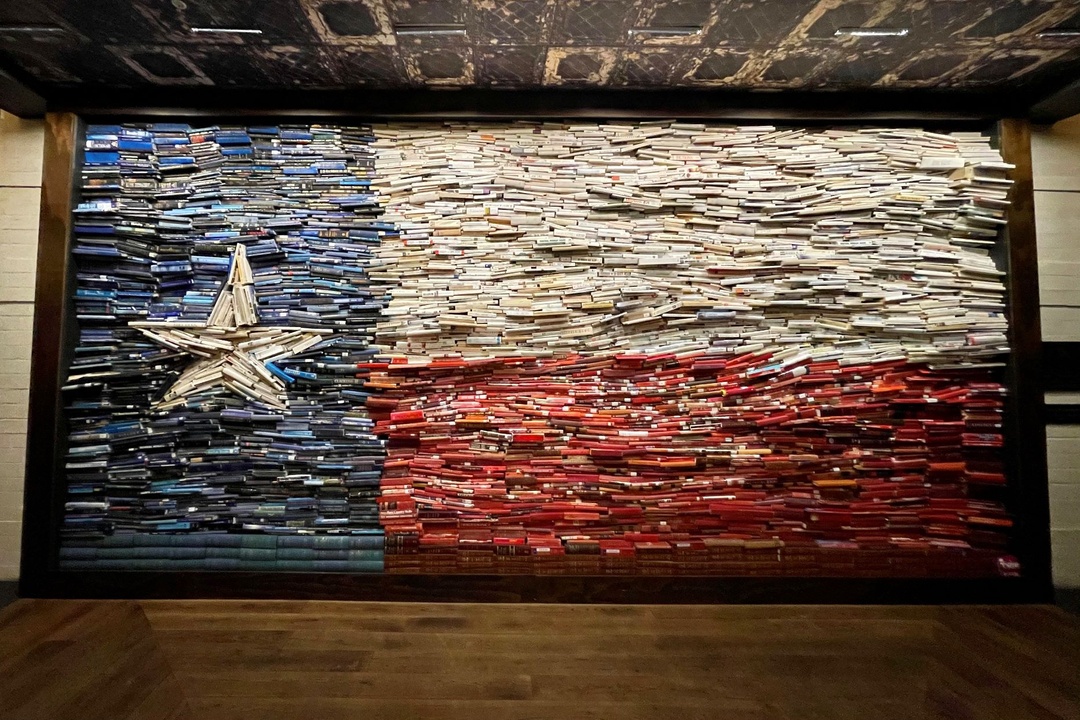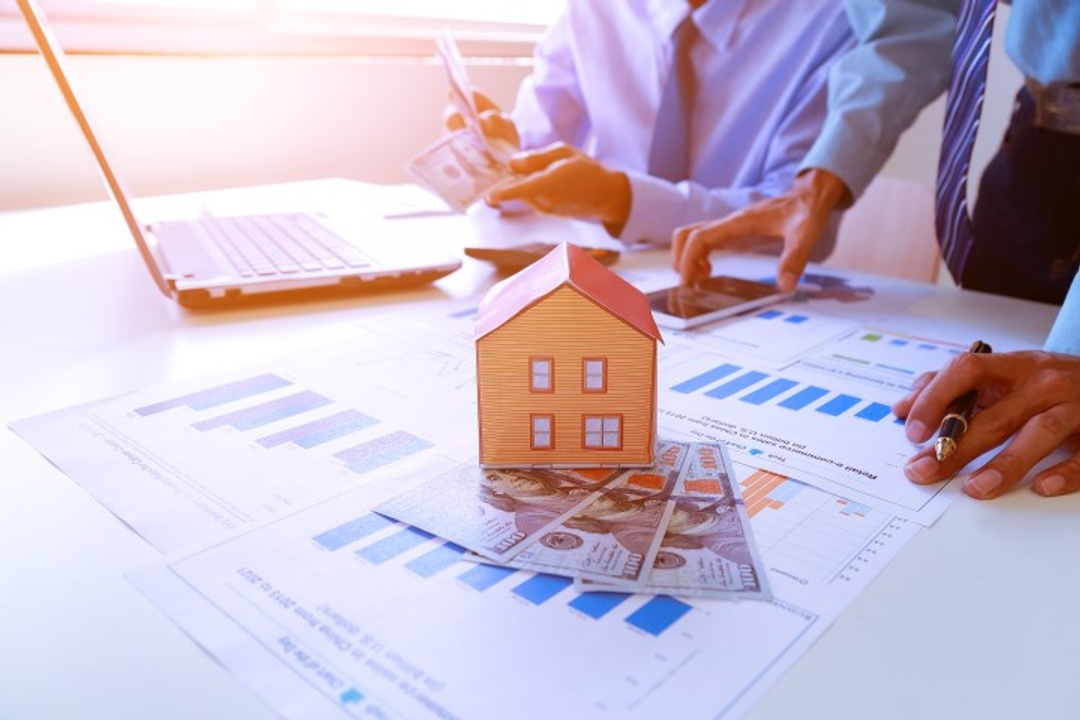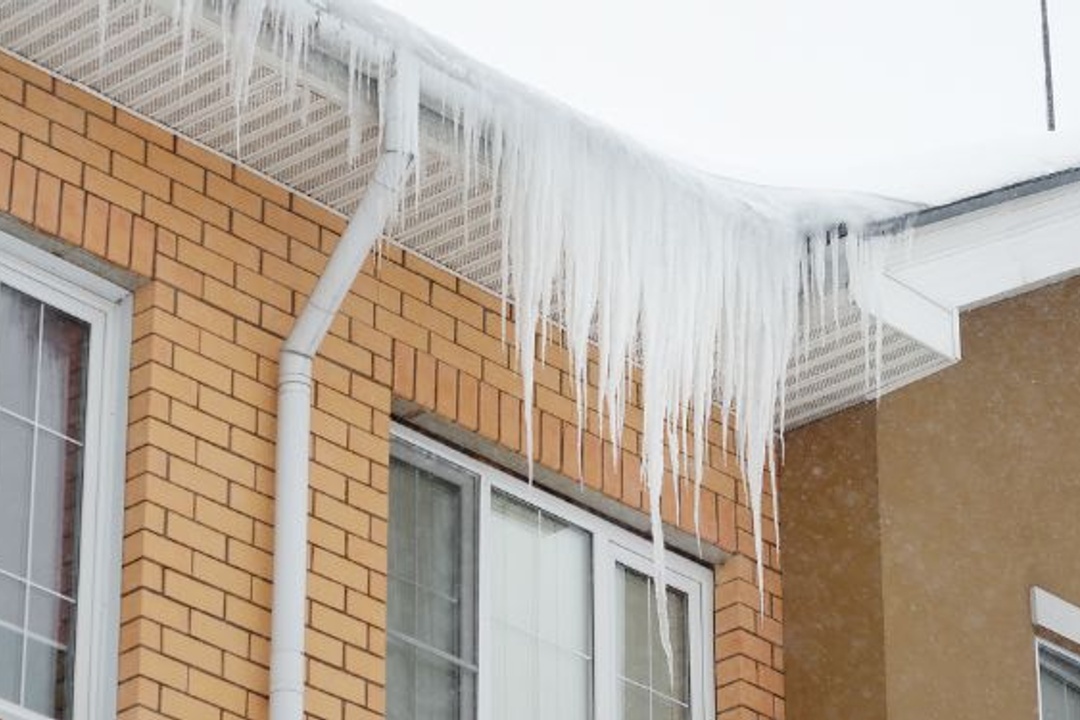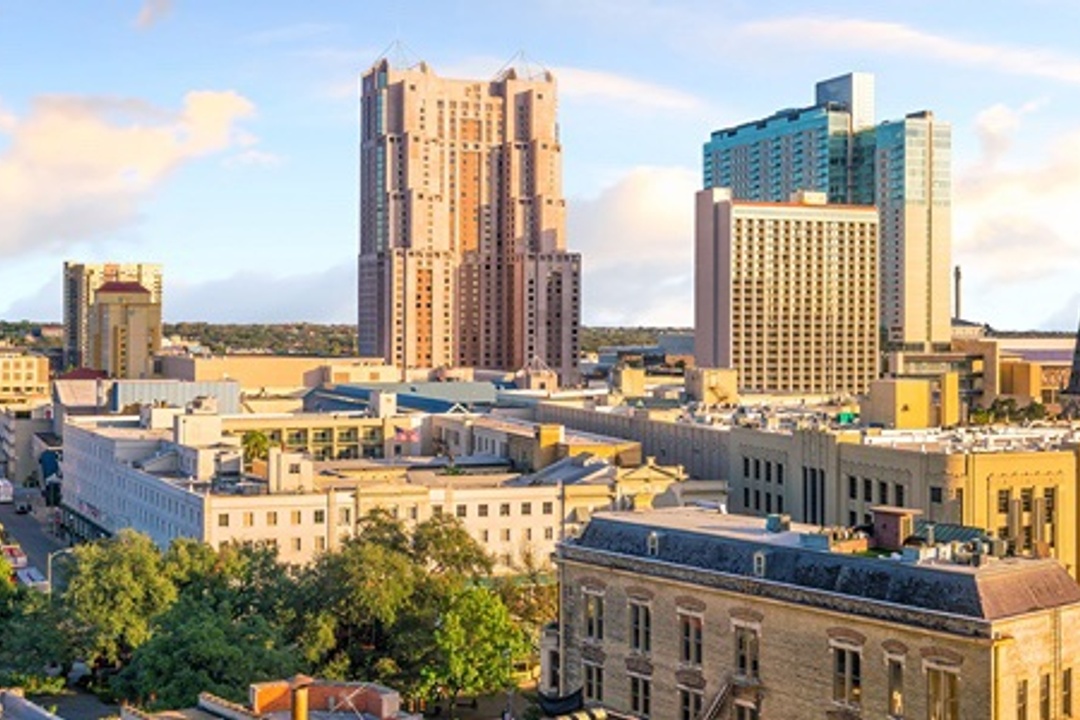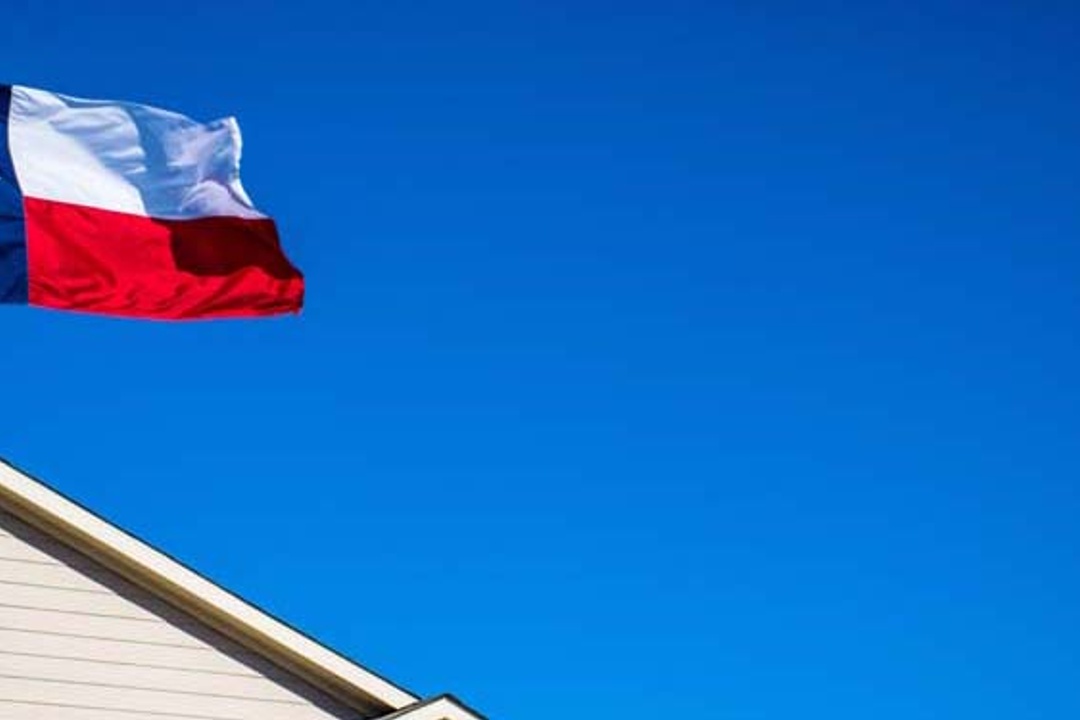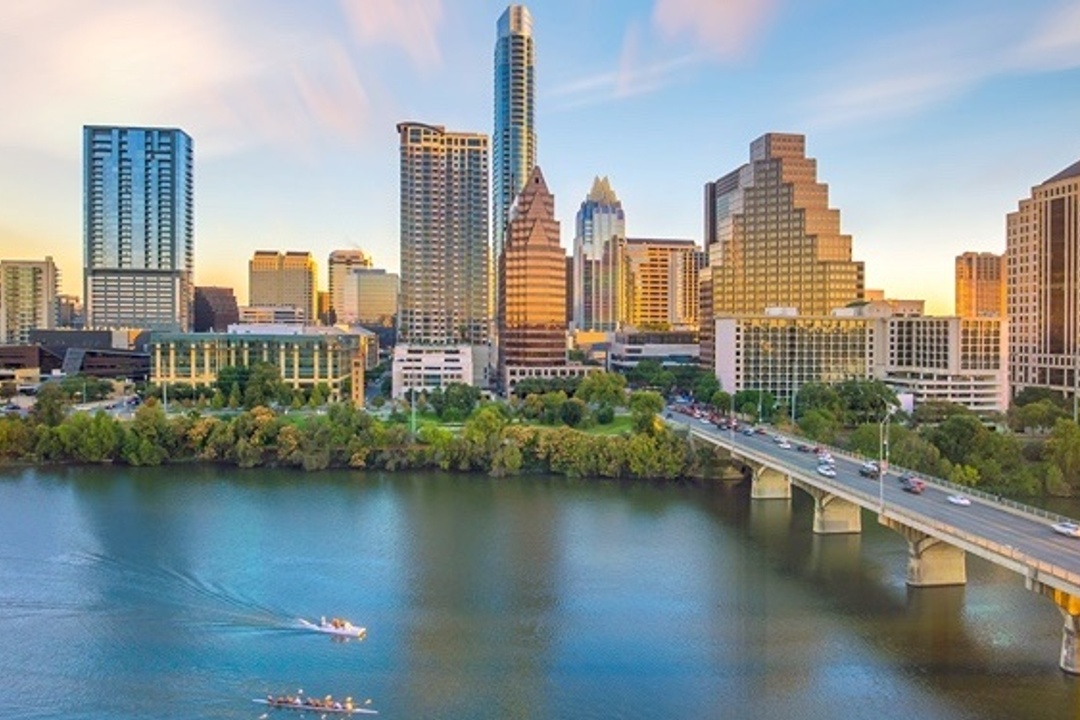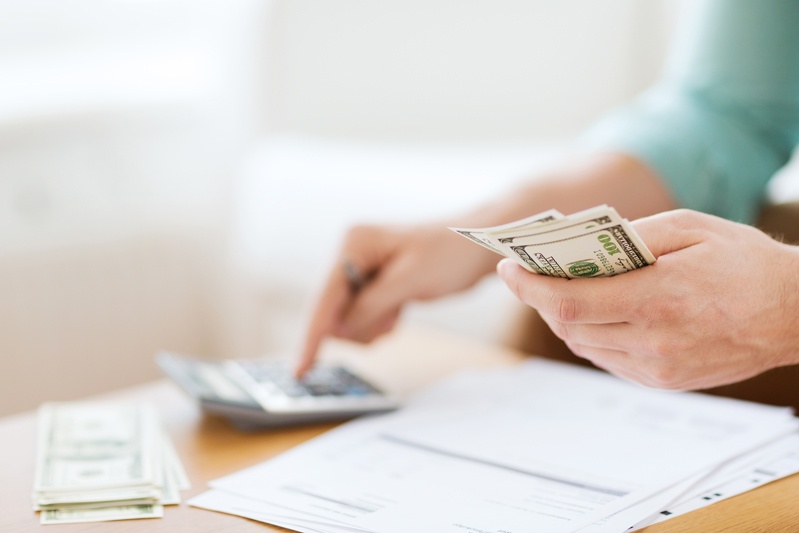
Trying to figure out how much money you'll need to buy a house has always been difficult for first-time buyers, but in 2022, with home prices hitting new highs across the country, it may be downright infuriating. Despite the difficulties of a seller's market, owning a property can help you get out of a rental situation and develop equity.
On average, a down payment of 3% of the home's price and 1.5 percent for closing expenses is commonly required to purchase a home. So, based on the average US home selling for $356,700 in the summer of 2021, you could buy your first home for $16,000 down.
Are you unsure of where to begin? We've got you covered.

How Much Does It Cost to Buy a House
The down payment, 2-5 percent of the loan amount for closing fees, and occasionally at least two months' worth of cash reserves are all part of the upfront cash required to buy a house.
Here's how much money you might need to save to purchase a house at various price points and mortgage programs.
Money Needed For a $200,000 House
To buy a $200,000 house, you’d likely need to pay at least $11,000 upfront if you plan to put at least 20 percent down for a conventional loan (although you can often qualify for as low as three percent down). Upfront costs could be as low as $5,000 with a zero-down VA or USDA loan, though not all buyers qualify for these programs.

Money Required for a $400,000 Home
If you qualify for a three percent down payment conventional loan, the cash needed to buy a $400,000 house may start at around $22,000. For 20 percent down, the number will look more like $80,000.
Home buyers using the FHA program may face an upfront cost closer to $19,000 — but keep in mind that FHA loan ceilings in most areas are $420,680. So, a $400,000 home may necessitate a bigger down payment in order to keep your loan amount below the local limit.

Money Required for a $600,000 Home
If you qualify for a three percent down payment conventional loan, the cash needed to buy a $600,000 house may start at around $33,000.
Homebuyers using the FHA program may face an upfront cost closer to $24,000 — but keep in mind that FHA loans have a maximum loan limit for specific areas which are usually $420,680 in 2022. So, a $600,000 home may necessitate a bigger down payment in order to keep your loan amount below the local limit.

When you buy a house, you pay for more than just the price tag. Insurance policies, government fees, and real estate taxes all add up, and the amount you put down influences your out-of-pocket expenses.
Some home buyers choose low down payment financing that requires less than 20 percent down. Others prefer no-money-down mortgages like VA and USDA, which allow you to buy a home without providing a huge chunk of money upfront.
A third popular alternative is down payment assistance programs. Down payment assistance programs cover the majority, if not the entire, needed mortgage down payment.

How Much Money Should I Save Before Buying a House
Even if you use a low- or no-money-down mortgage, you will almost certainly have to fund some charges out of pocket. Here are the many fees you can expect when purchasing a home, as well as approximate pricing ranges for each.
Down Payment
When you buy a house, your down payment is the amount of money you provide from your own pocket toward the purchase price. The remainder determines the quantity of your loan. First-time home buyers, on average, make lesser down payments than the general population. The average down payment for all house buyers is 12 percent compared to six percent by first-time home buyers.
Depending on the type of mortgage you obtain, your down payment might be as low as, well, nothing.
* Down payments on conventional loans can be as little as three percent.
* Down payments on FHA loans, which are underwritten by the Federal Housing Administration, can be as low as 3.5 percent.
* VA loans, which are guaranteed by the United States Department of Veterans Affairs, enable servicemembers and veterans to get home loans with no down payment.
* USDA loans, issued by the United States Department of Agriculture, allow buyers in rural areas to put down as little as 0%.
* Down payments can be a bit of a compromise, combining what you can feasibly save over time with your goal to purchase a home as quickly as possible. If you need help with a down payment, look into local and state assistance programs.

Closing Costs
Getting a mortgage loan comes with several closing costs. And these 'closing charges' are passed on to the homebuyer. The following are some of the lender fees that may appear on your closing cost estimate.
* A fee for origination
* An application fee
* A processing charge
* An underwriting fee
However, the mortgage lender is not the only organization/individual that will earn fees. Third parties may also charge for loan approval services.
Third-party fees include things like:
* Title fees
* Title insurance
* Escrow charges
* Credit report on appraisal
* County recording fee
Closing costs will vary depending on the size of your loan, if a lawyer is present at the closing table, and the fees charged by your municipality or state. In total, you should anticipate to pay between 2% and 5% of the purchase price of your property in upfront closing expenses. For a $300,000 home, you could expect to pay $6,000 to $15,000 in closing costs.
This is a wide range, so consult with your lender to determine the precise amount required in your situation. Request a lender credit or alternative lending choices to lower your overall out-of-pocket expense. You can also inquire with your Realtor or loan officer about non-profit down payment and closing cost help programs in your area.

Prepaid Costs
Prepaid costs are payments made to third parties in advance at the time of closing. Closing costs, which are payments for specific services, are not prepaid costs. Prepaid costs, on the other hand, are upfront payments for recurring expenses linked with your mortgage or house ownership. Prepaid expenses include homeowner's insurance, mortgage insurance, and real estate taxes.
Earnest Money
When planning to buy a house, you must have enough liquid funds in the bank to make an earnest money deposit. This is the money you pay immediately after the seller accepts your purchase offer and you sign the contract.
Earnest money demonstrates that you are serious about purchasing a home. If the property sale goes through, this money will be allocated to your down payment, so you won't need to save anything extra for it. You only need to ensure that the cash is available when an offer is accepted. You may have your earnest money returned if the sale falls through.
Earnest money is not given to the vendor directly. Instead, it is held by the escrow provider, and the seller receives receipt confirmation. The amount of earnest money required will vary depending on the price range of the home and the level of competition in your housing market.
You may only need to deposit a couple hundred dollars at times. Other times, an earnest money deposit of 1.5 percent or more of the home's sale price may be required. A 1.5 percent earnest money deposit on a $300,000 home would amount to $4,500.

Moving Expenses
Moving costs money, and your moving fees will not appear on your settlement statement. To ensure you have plenty of cash on hand to pay for these, make a plan and a budget. One of the many home-buying blunders is waiting until the last minute to think about these costs, which can add stress and expenditures.
If you intend to purchase a house out of state that is a significant distance away, you should think about hiring professional movers. Fridays are the best days of the week to engage in a long-distance move since it gives you the weekend to complete the entire move. Another option to save money is to move near the beginning of the month.
Consider the price of packing boxes, heavy-duty tape, sharpie markers, and equipment rental if you plan to relocate on your own.

Maintenance Costs
Homeowners may be surprised to learn that their homes require regular maintenance. A decent rule of thumb is to budget one percent of the home's purchase price each year for home maintenance. This budget would cover anything from correcting faucet leaks to roof replacement and eventual home improvements.
An Emergency Fund
A job loss or an unanticipated large repair on your new house could jeopardize your capacity to make mortgage payments. Most financial experts recommend setting away a few months' worth of living expenses for emergencies. You won't accumulate credit card debt only to pay your payments this way.

How to Lower Your Out-of-Pocket Costs
Saving enough money for a down payment and closing costs is the most significant obstacle to homeownership for most buyers. In fact, according to a recent Zillow survey, the most common barrier to homeownership is the inability to save for a down payment. Fortunately, there are strategies to reduce or even eliminate your out-of-pocket expenses when purchasing a home. Among these are:
Choose a mortgage with a low or no down payment
VA and USDA loans require no down payment; conventional loans require three percent down; and FHA loans require 3.5 percent down. Making the required minimum down payment can significantly reduce your out-of-pocket expenses.
Find down payment and closing cost aid
Every state has down payment assistance (DPA) programs to assist low-income and/or first-time home purchasers with their upfront costs. Look into DPA programs in your region to see if you qualify for assistance.
Use a relative's gift money to cover your initial charges
Most loan programs allow you to offset a portion or all of your out-of-pocket expenses using funds provided by a family member or other relative. You only need to ensure that the gift money is properly documented.
Apply for employer assistance programs
Most lenders will accept your employer's assistance program if it is published in your employee handbook and available to all employees. The terms of your employer's help will usually govern whether it can be utilized for down payment or closing charges. The lender will only allow what is documented.
Apply for a lender credit
A lender credit can be utilized to cover closing costs but not the down payment. A lender credit can be created by the lender waiving regular fees or by employing premium pricing to generate a rebate.
Premium pricing occurs when you agree to accept a higher interest rate in exchange for a credit applied to your home's closing costs. A lender credit can be utilized to cover closing costs but not the down payment.

Do I Need A 20 Percent Down Payment?
You are not required to put down 20 percent on a home. In fact, the typical down payment for first-time home buyers is only six percent. There are also loan programs like USDA and VA loans that allow you to put as little as $0 down.
A lower down payment, on the other hand, could mean a more expensive mortgage in the long run. If you put less than 20 percent down on a home, you will have a larger loan and higher monthly payments. You'll almost certainly have to pay for mortgage insurance, which can be costly.

What are the Pros & Cons of Putting 20 Percent Down?
Putting down 20 percent has a variety of advantages, but saving that much money can be difficult, especially for first-time homebuyers. Let's look at the benefits and drawbacks of putting down 20 percent to see how a hefty down payment can offset other payments and expenses.
Pros of Putting 20% Down
Your mortgage loan balance is lower
A greater down payment results in a lower loan debt, which offers a few advantages. One of these benefits is that it provides a cushion to protect your home's equity even if market values fall. This could mean the difference between being able to refinance or sell your house in the coming years.
Lower mortgage interest rates
The loan-to-value (LTV) ratio is one method mortgage lenders use to assess risk. The lower your down payment, the greater your LTV ratio and, as a result, the riskier your loan appears to lenders. Lenders typically charge higher interest rates to compensate for providing riskier loans, so you may be able to qualify for a cheaper rate if you lower your LTV ratio by putting more money down.
Lower interest costs
The aforementioned two impacts of a greater down payment combine to minimize the total interest you pay over the life of a loan by making loan balances smaller and mortgage rates lower. A mortgage calculator can calculate the total interest you'd have to pay, allowing you to understand how much a lower down payment might save you in the long run.
There is no Private Mortgage Insurance [PMI]
Lenders compel buyers who put down less than 20 percent to acquire private mortgage insurance. Because the buyer has relatively little invested in their own home, this protects the lender in the event that the buyer fails on their loan.
PMI is added to each mortgage payment and costs 0.5 - 1 percent of the loan amount every year. Because PMI provides no advantage to the buyer, avoiding this unnecessary fee is a significant benefit for individuals who can put down 20 percent.

Cons of Putting 20 Percent Down
More time to save
Saving for a down payment can take months or even years. This is possibly the most significant disincentive for home buyers considering a large down payment. Locking in home prices before they rise can save you considerable money— especially in hot markets.
Opportunity cost
Not only does it necessitate persistent sacrifice over a long period of time, but you must also pay for a place to live in the meantime. It's a shame to put your housing budget into your landlord's pocket instead of your own home's equity. Most prospective homebuyers will think twice about spending money on rent while saving for a home because of the opportunity cost.
Financially greater risk
A high down payment puts all of your financial eggs in one basket— your house. That's wonderful for growing equity, but if you don’t have additional savings or investments, this can be problematic.
Your money is locked up in an asset you can't sell without becoming homeless, making it inconvenient for any investment or other opportunity. If you don't have enough liquid cash and other assets to cover a significant down payment, you may place yourself in undue financial danger.
Less money for repairs and other costs
Many first-time homebuyers prefer fixer-uppers, preferring to do a few minor repairs in exchange for a lower price. However, the more money you put down on a house, the less money you'll have to spend on repairs and maintenance. If you know your property will require substantial improvements, it may be best to save money for those immediate requirements rather than putting it toward your mortgage.

The Bottom Line
Purchasing a home is an expensive endeavor. Aside from the down payment, you must cover a variety of fees. Many factors influence how much money you need to buy a house. Timing, average expenditures in your location, and the state of the property market are all key considerations.
Checking with various lenders will give you an idea of what is typical in your area. Remember, this is one of the most significant expenditures you will ever make. Take your time picking on a lender and loan package that is right for you.
Thinking of purchasing a home in Texas? Why don’t you search for your next home with BHGRE HomeCity. Feel free to reach out to our qualified and experienced real estate agents for proper assistance regarding your home buying and selling needs.

